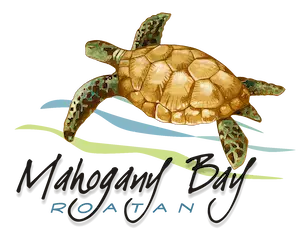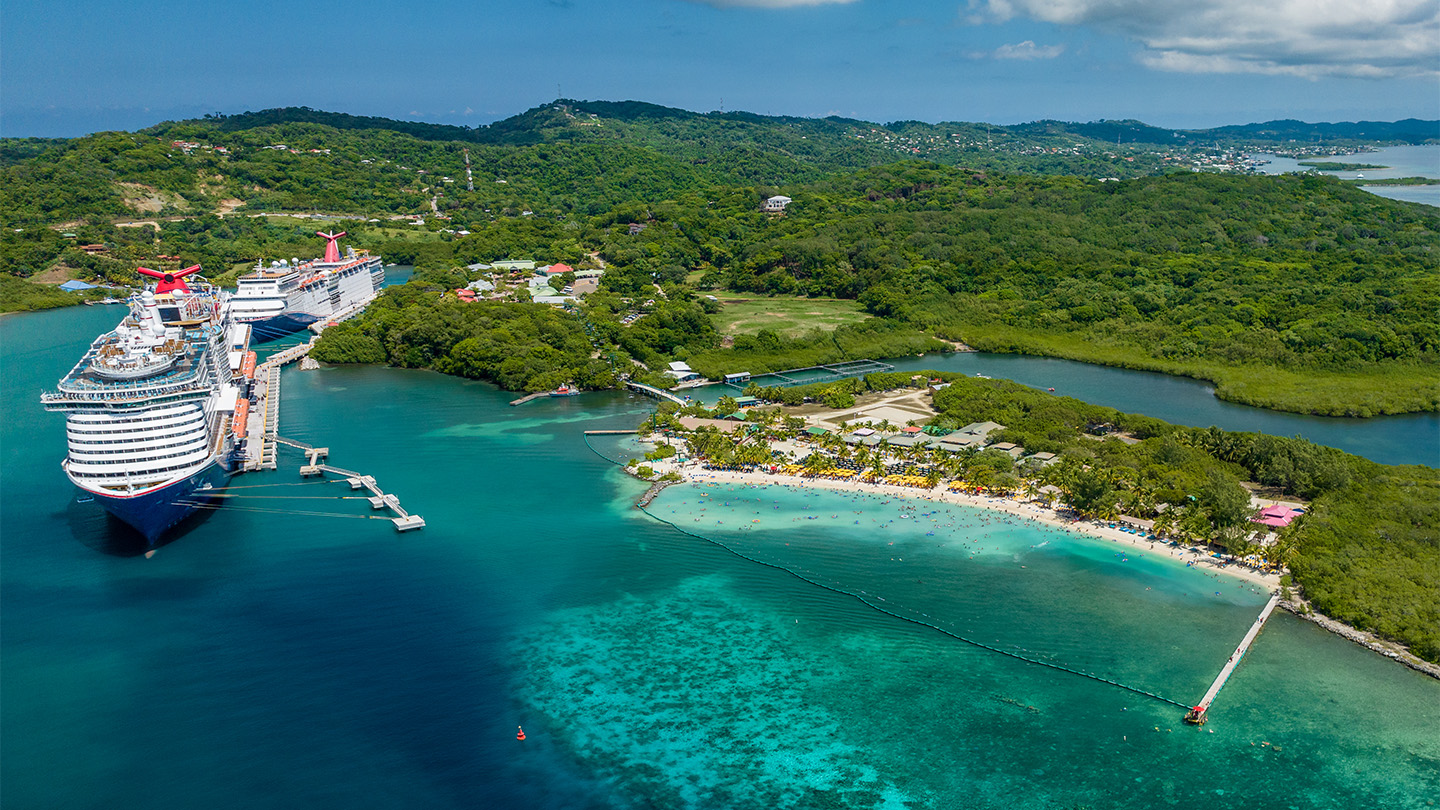Local Weather

a paradise in the caribbean
Roatán, the largest of Honduras’ Bay Islands, is a dynamic and culturally rich destination that plays a vital role in the region’s economy. With a population of approximately 60,000, the island has a deep history shaped by the Paya people, Spanish and English settlers, and generations of Caribbean seafarers
Beyond its natural beauty, Roatán is a center of commerce, fishing, and tourism, with a diverse, multilingual community that thrives on its connection to both local traditions and global markets. The island’s strategic location, just 35 miles off the northern coast of Honduras, has long made it an important hub for trade and economic activity.
Today, Roatán continues to evolve, balancing economic growth with conservation efforts to ensure that the island’s future remains as bright as its past.
Island information
Situated between Utila and Guanaja, Roatán is the largest of the Honduran Bay Islands and serves as a vital center for commerce, tourism, and marine conservation. The island’s proximity to the Mesoamerican Barrier Reef—the second-largest coral reef system in the world—makes it a key location for sustainable marine tourism and local economic activity
Size: 48 miles long, 5 miles at its widest point
Capital: Coxen Hole (West of Mahogany Bay)
Population: Approximately 60,000 (locally known as Caracoles)
Languages: Spanish and English are widely spoken, reflecting the island’s diverse cultural influences
Roatán enjoys warm, tropical weather year-round, with average temperatures ranging from 80º to 85ºF. Water temperatures for diving remain between 70ºF and 80ºF, making it a consistent hub for marine activities and ecological tourism.
Click here to learn more about protecting Roatán’s beaches and marine ecosystems.


